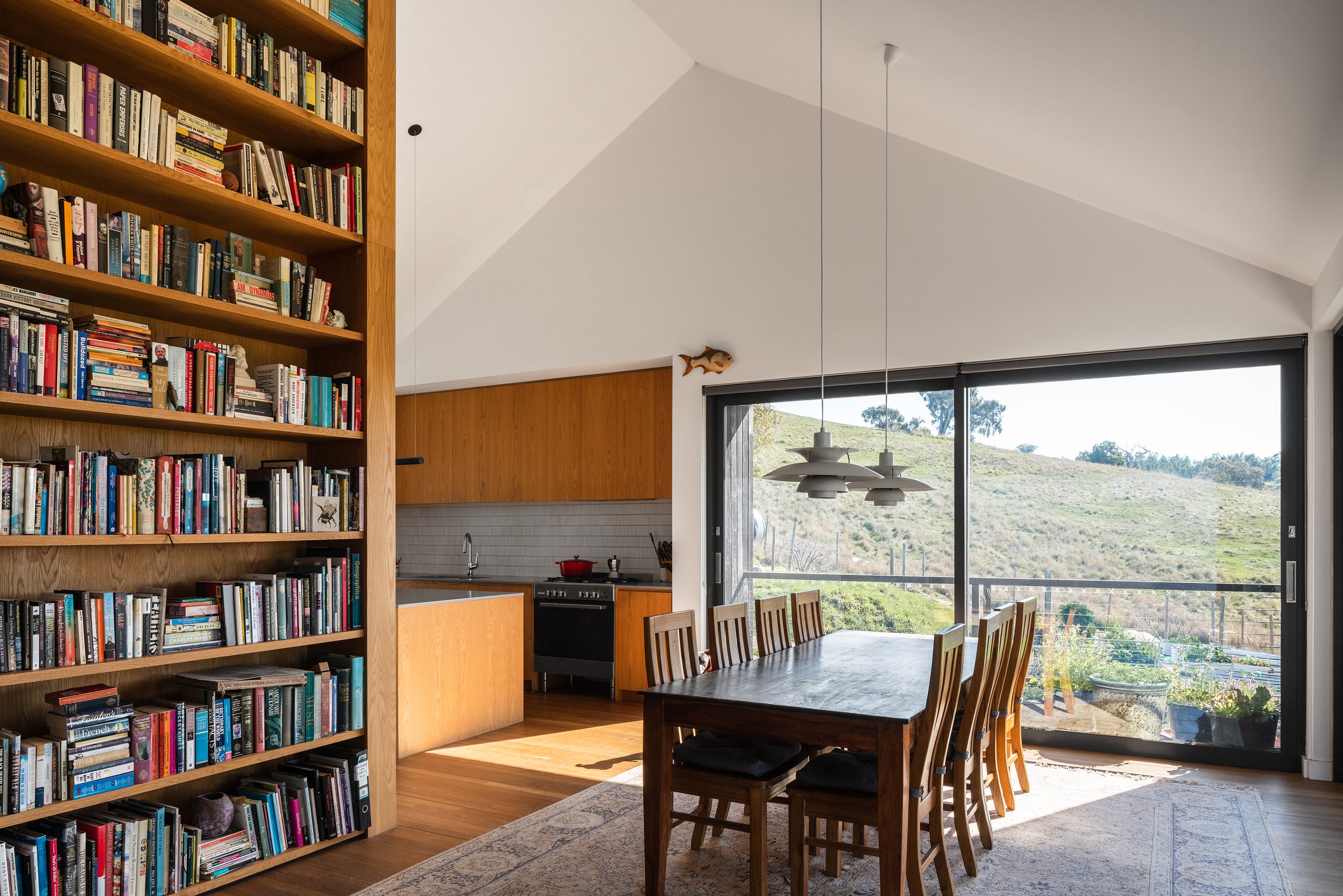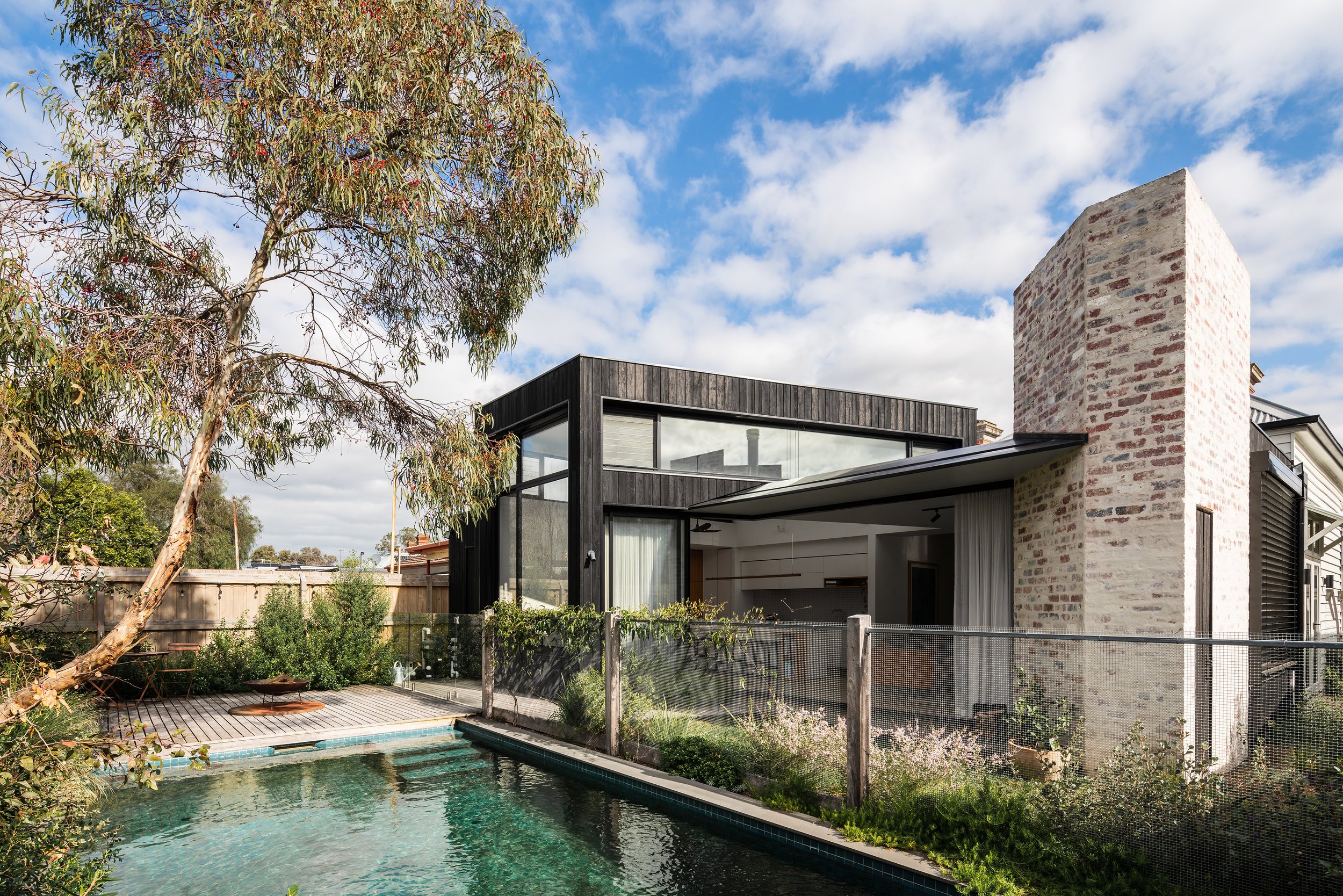Biophilic Design - 7 Principles to Better Connect Your Home with Nature
Biophilic Design - 7 Principles to Better Connect Your Home with Nature
Design Principles
July 5th, 2022
Humans tend to have an innate love and affinity for nature, however during our day-to-days we are so disconnected, in fact, we can spend up to 93% of our day indoors. Our main engagement with natures usually comes in the form of a weekend hike or trip to the beach. However, what if we could experience those same emotions and benefits of being in a forest, but at home? That is biophilic design, a concept to increase our connection to the natural environment.
The term 'biophilia' was coined by Edward O. Wilson, and defined as "the urge to affiliate with other forms of life." When translated to architecture, it means our buildings should be celebrating the environment around them. While there are over 20 elements associated with biophilic design, in this article I focus on a few key biophilic design principles to engage with nature in your home.
1. Light and Air
Being able to experience natural light and air is fundamental, allowing us to experience day and night and the changing seasons throughout the year. The most obvious method of bringing light and air into our homes is through windows and skylights that are operable, and this also allows us to experience the weather patterns.
2. Vegetation
Incorporating vegetation is one of the most successful strategies to directly experience nature in your home. Plants can reduce stress and help with air quality, but it needs to be an abdunancy to it. Having a single plant in the corner of your bedroom is not enough, so think about constructing landscapes both internally and externally, perhaps a native green roof is possible, focusing on local indigenous flora, which will help with habitats for local wildlife.
3. Water
The experience of water engages so many of our senses, such as sight, sound, touch, taste and movement, all of which helps in relieving our stress. There is just something about sitting next to, and listening to, running water. Natural ponds and features are a great way to integrate water into your home, but also consider your location, such as if you live near a river or lake, and your views and connection.
4. Natural Materials and Colours
You can really evoke the feeling of nature through the materials and colours of your home. Timbers and stone bring a real texture and warmth as opposed to materials which are more machine-made, and when combined with natural light and landscape, there is a peacefulness to the space. Also consider your furniture, furnishings and decoration, maybe opt for a timber chair with natural fabrics as opposed to something metal or chrome with plastic? And when thinking of a colour scheme, look at earthy tones, subdued browns, greens and blues, and avoid more vibrant colours for your paint, bed sheets, cushions, etc.
5. Patina of Time
Nature is always changing, with our landscapes reflecting the forces of the environment. People tend to want their home to be in pristine condition for it’s entire duration, but there is real beauty in allowing your external timber to weather and silver over time. Of course this doesn’t mean neglect your home and avoid maintenance, but consider choosing materials that will reflect the passage of time.
6. Outdoor Space
One of the best ways to connect with nature is to avoid disrupting it too much, so think about how much “house” you need and leave the rest open. A smaller footprint will create more opportunity to open your home up to courtyards and outdoor space, but also consider how these spaces could become functional “rooms” in your day-to-day.
And this thinking also applies to the resources used to build your home, as a smaller home requires fewer resources, so few disruptions to nature.
7. Relationship to Place
Homes should be culturally and ecologically relevant, giving a much stronger connection to place. A Japanese or Danish vernacular home should not exist in the Australian outback, there must be a connection to the land, and through local resources, construction methods, materials, and detailing, you create a home with a real local identity. That’s not to say you shouldn’t be inspired by other countries, but there needs to be an awareness of local landscapes, indigenous flora and fauna, as well as climate and weather.
A fundamental shift needs to occur in our buildings, suburbs and cities, with a real emphasis needing to be placed on nature. Having a window that looks out to a tree is nice and all, but a real relationship and appreication for nature needs to be developed for us to realise that we need to change how we design and build, as nature is the basis for a healthy, productive and meaningful life.
Videography and editing, photography and words by Anthony Richardson.


